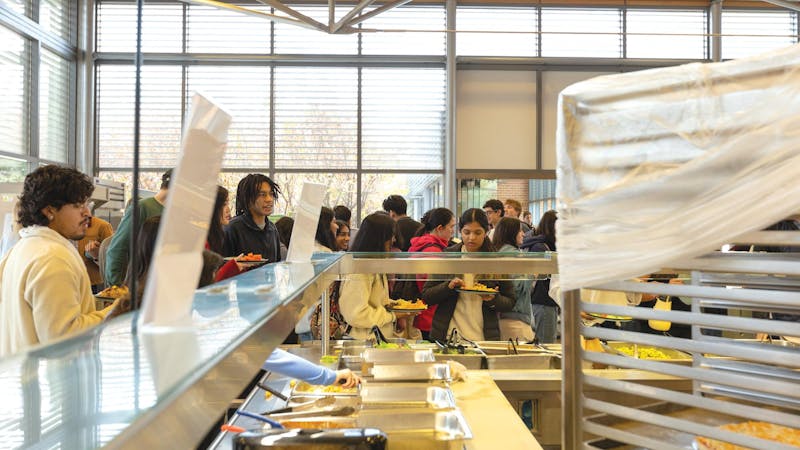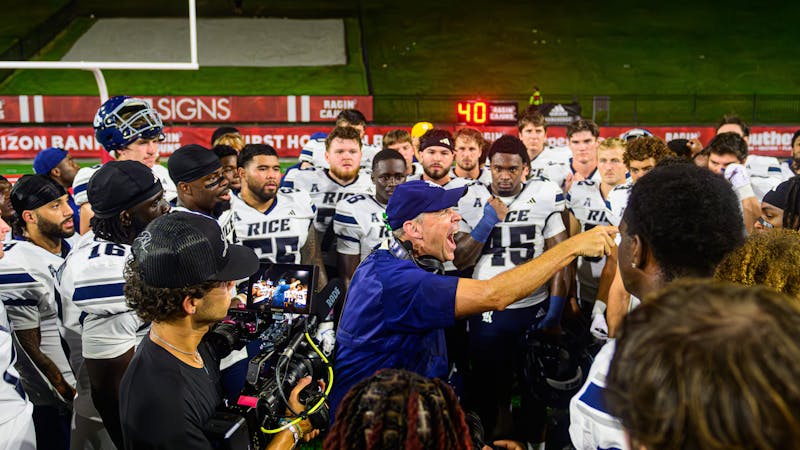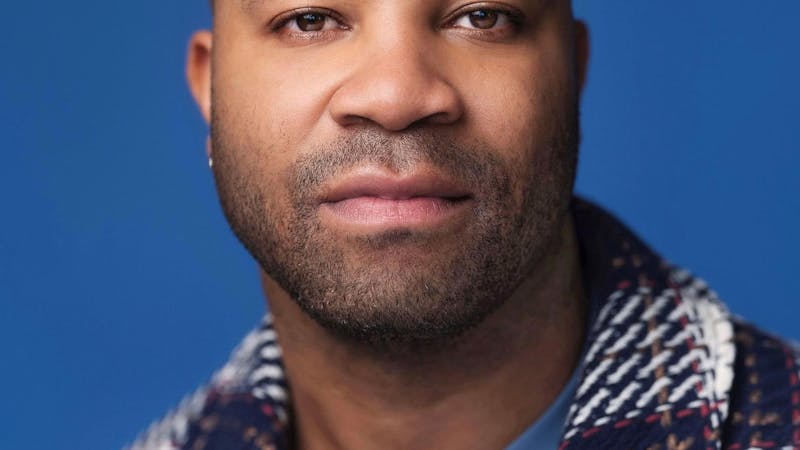Symphonic poetry at Shepherd
Tonight marks the opening of the Shepherd School Symphony Orchestra under the direction of Maestro Larry Rachleff. The concert features an intriguing program that not only offers exciting music for the audience, but also tells the story of a very unique genre of classical music.This weekend's program is an excellent opportunity for students at Rice to hear great music played at a high level and with a clear narrative. It is a chance to discover how music grows through time, and how no piece, whether written in the 16th century or just this summer by a Rice student, is isolated in time.
The four pieces being played tonight illustrate the growth and maturation of the symphonic poem, a piece inspired by an extramusical element, i.e., a poem, as an art form, starting with Hector Berlioz's Le Corsaire and moving through 80 years of music history to Leos Janacek's Sinfonietta. The order of pieces (Le Corsaire, Richard Wagner's Prelude and Liebestod from "Tristan und Isolde," Bedrich Smetana's The Moldau and Sinfonietta) is expertly arranged: Each work either lays the precedents for the works that come after or conclude an idea outlined by those that came before.
Berlioz's work is an excellent choice to open the concert. A boisterous concert overture, Le Corsaire is the direct ancestor of the symphonic poems that make up the second half of the program. Written in 1844, it is the oldest piece on the program, and it combines with the second piece to form a strong foundation for both Smetana and Janacek's compositions, passing on its cohesion and format.
Its successor in the program, Wagner's Prelude and Liebestod from "Tristan und Isolde," sets the stage for the musical language of the last two pieces. The harmonies used by Wagner in the Prelude were groundbreaking for their time, and were designed to convey the unresolved love between the opera's title characters. This concept of musical imagery, of representing concrete ideas, people or places in sound is at the heart of the symphonic poems composed throughout the 19th century.
Smetana's The Moldau exemplifies the 19th century symphonic poem as it attempts, in the composer's own words, "[to describe] the course of the Vltava [Moldau]," the longest river in the Czech Republic. Although the music is not as cleverly written as Wagner's,Smetana pioneers the use of folk music in a traditional orchestral piece, a technique few of his contemporaries were using. For example, the famous and memorable melody from The Moldau is related to folk songs from many regions including Italy, Romania and Sweden.
This interest in indigenous music connects The Moldau to the next piece on the program, Janacek's Sinfonietta. This work ties all the preceding pieces of tonight's concert together and is a fitting conclusion to the evening's festivities. It relates to the original idea of the concert overture by being dedicated to the armed forces of 1920s Czechoslovakia. It represents the last generation of pieces influenced by Wagner's musical language and, like The Moldau, is illustrative of geographic locations. Janacek, like Smetana, was a Czech composer and continues the tradition of using folk music in his classical compositions. Although there are no folk melodies in Sinfonietta, it demonstrates the apex of symphonic poem tradition as typified through the previous three works in the concert.
Concert tickets are $8 for students. Both Friday and Saturday's performances are at 8 p.m. in Stude Concert Hall in the Shepherd School of Music.
Garrett Schumann is a Wiess College junior.
More from The Rice Thresher

Over 1,000 students petition against new meal plan
When Konstantin Savvon opened the Housing and Dining email announcing the new unlimited meal plan, he was instantly concerned about the impact on off-campus students like himself.

Rice football wins season opener under new coach
For the first time since 2018, Rice football opened its season with a victory. Scott Abell was soaked with yellow Powerade following a 14-12 win on the road Saturday against the University of Louisiana at Lafayette, which won 10 games and made it to the Sun Belt Conference championship last season.

Acting like an athlete: Rice basketball alum takes on Broadway
Underneath Chadd Alexander’s Broadway costume, there’s ankle tape and wrist braces — same protective gear he wore as a walk-on basketball player at Rice, though now he’s performing eight shows a week in the ensemble of “Harry Potter and the Cursed Child” instead of running conditioning drills in Tudor Fieldhouse.

Please note All comments are eligible for publication by The Rice Thresher.